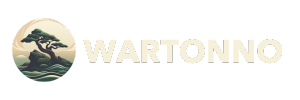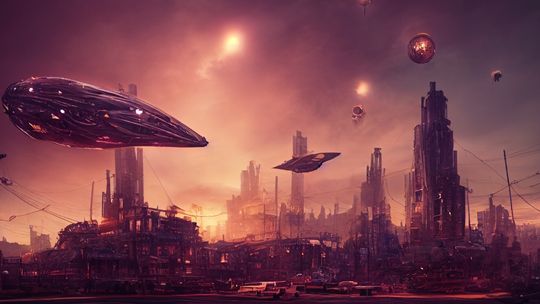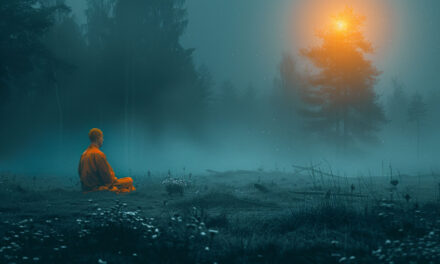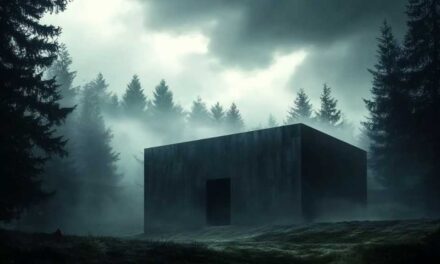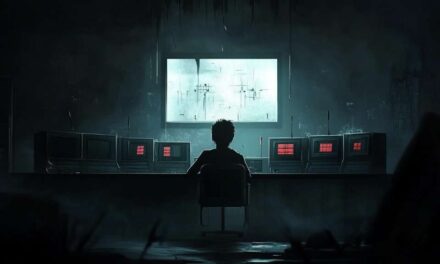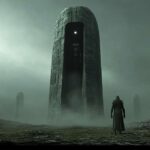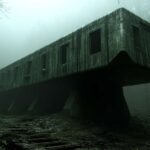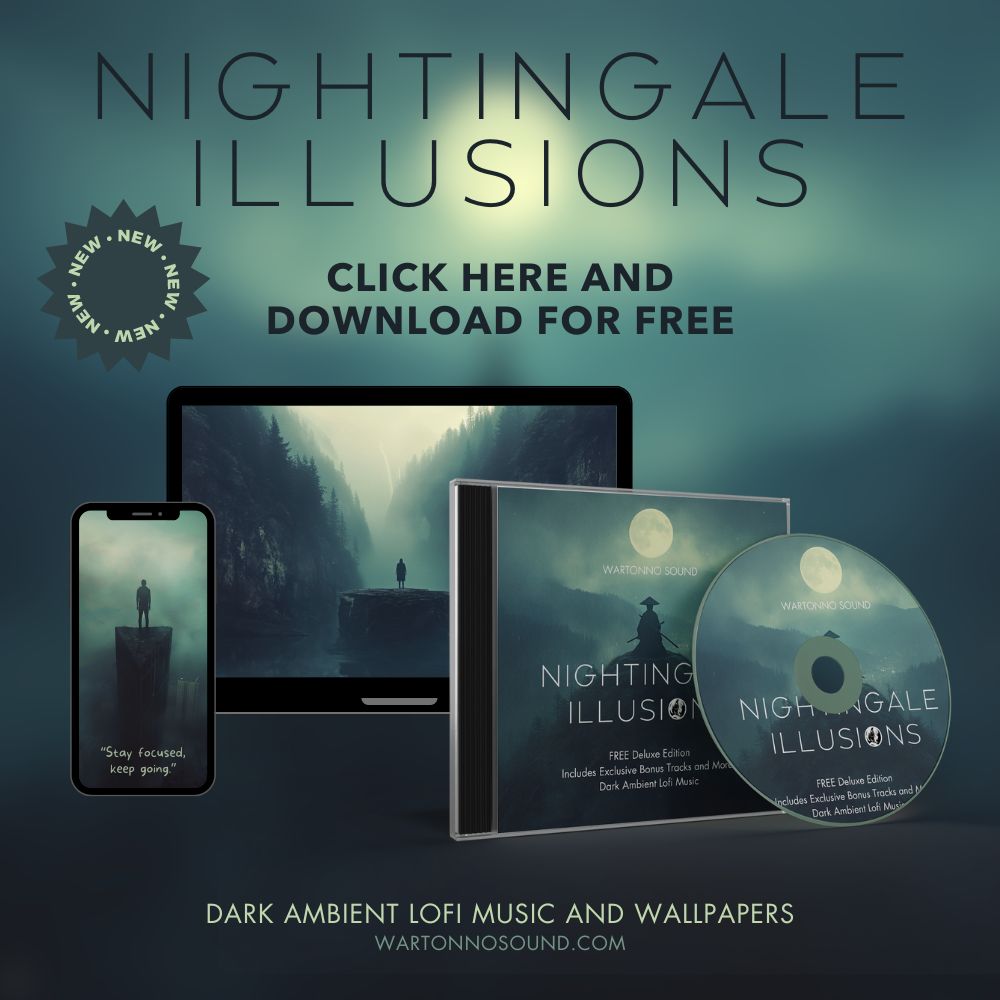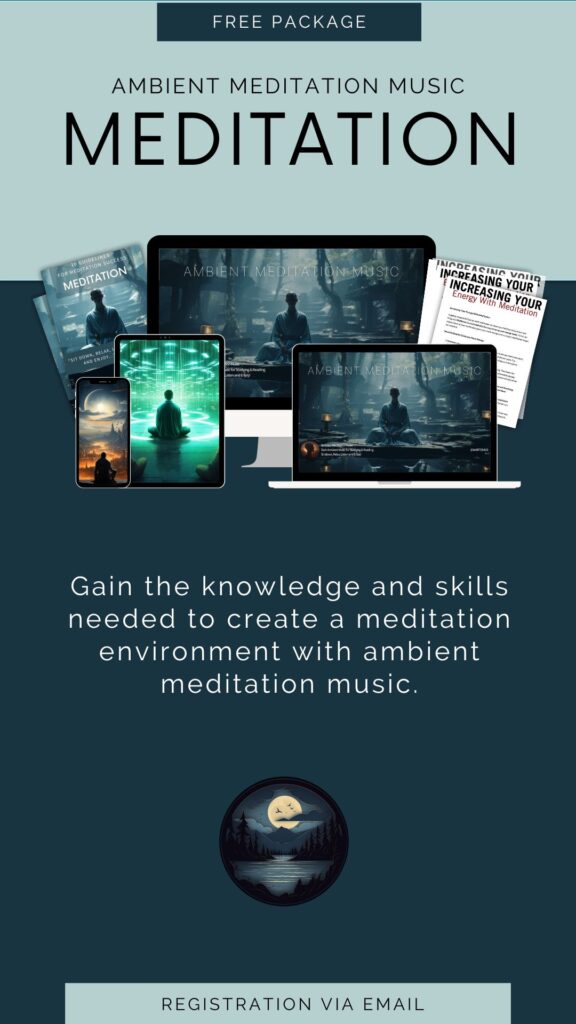Introduction
This post is about the future of Ai art, and what it means to have artificial intelligence.
Table of Contents
The rise of Ai art
Artificial intelligence (AI) is being used to create art that is indistinguishable from human-made art. AI can also be used to create more creative works than humans could ever come up with on their own.
Artificial intelligence has been around for decades, but it’s only recently that researchers have started exploring its potential as an artistic medium in its own right. In particular, researchers from Google and Stanford University have developed software that allows computers to generate images based on their knowledge of visual aesthetics and human interaction—and then display them on an iOS app called Generative Art Engine (GAE). GAE allows users to input text into a sentence or paragraph format; the program will then interpret this input as instructions for drawing an image based on those instructions: “drawing” sounds simple enough!
The market for Ai art
AI art is becoming more popular, and it’s not just being used by artists. AI art can now be found in many different places, from the big screen to the small one. It’s used for everything from music videos to mobile games, and even companies specialize in creating content based on neural networks.
So what exactly is AI art? The term refers to any piece of digital artwork that incorporates artificial intelligence (AI) into its creation process—whether it’s a painting or an animation video or any other kind of digital image or video file format—and has been created using a computer program running on top of another programming language called Python which allows programmers using this toolkit access certain functions within their code base without having too much knowledge about how those functions work behind-the-scenes.”
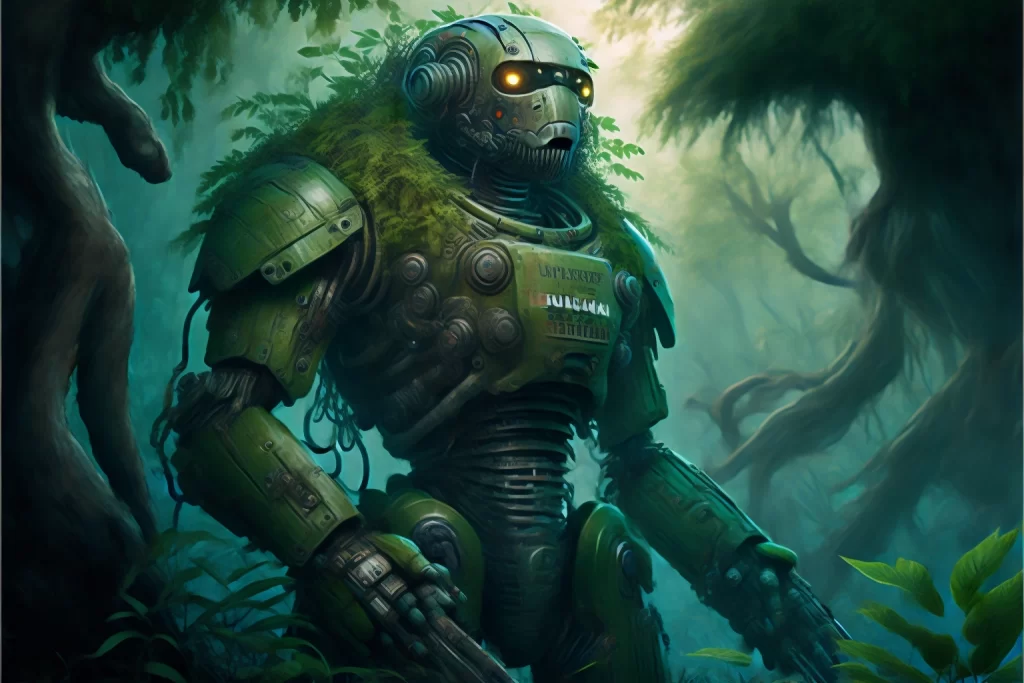
Will Ai replace human artists?
The question of whether or not AI will replace human artists is a popular one. Many people believe that it will, while others think it won’t. The answer depends on what you mean by artist, and how much time we spend thinking about the nature of creativity.
What does it mean to be an “artist”? When we say “artist” in this context (and similar ones), we usually mean someone who produces works of art for an audience—whether that’s literal people or abstract concepts like music or literature. But what does it mean when someone produces something purely for their own enjoyment? How can such things be distinguished from work meant for other people? And finally, why would anyone want to create anything at all when there are so many other ways to entertain oneself on this planet?
Who is responsible when an Ai goes rogue?
Who is responsible when an AI goes rogue?
AIs can be programmed to do exactly what you want them to, but they don’t always act the way you want. The best way to deal with this kind of problem is by understanding how AIs work and then making sure they’re following your rules. You’ll want to consider who owns the AI and what responsibilities it has before giving control over it over someone else; otherwise, there’s no telling where those rules might lead!
There are many questions to be answered regarding ai’s role in the Ai art world
There are many questions to be answered regarding ai’s role in the art world. What is the relationship between human artists and artificial intelligence? Can AI create art, or does it need to be programmed by humans? How will this change our understanding of what constitutes “art”?
Using AI to create works of art can have numerous benefits for both creators and audiences. For example:
- It allows for greater freedom when working with technology by allowing people who aren’t experts in computer science or programming languages like Python (the language used by most AI programs) access tools that might not otherwise be available outside of large companies that dedicate resources toward these types of projects. This gives those without formal training an opportunity to improve their skillset while still being able to contribute meaningfully within their field because they know how things work behind the scenes!
- New techniques developed through research could lead us closer to creating new forms which could lead to new directions for creativity – think about all those movies where robots animate themselves using animatronics, etc… Now imagine if we were able instead to do something similar but instead use photo-realistic models created solely outboard from algorithms running over time sequences so no human intervention is required other than setting up parameters beforehand like say start date/end date etc…
Conclusion
We can’t wait to see what happens next. And how about music?
